The tough competition in the consumer electronics segment encourages companies to actively develop innovative technologies. In fact, market leaders annually present new models with innovative solutions. This trend is most pronounced in segments of high-tech devices, including TVs, PCs, robotic vacuum cleaners, etc.
But the description of complex technology requires the use of special terms and concepts. Unfortunately, the promotion of new models and technologies often includes a marketing component. As a result, this situation often complicates the assessment of their real consumer value when forming an adequate opinion on the price / quality ratio.
Introduction
The following example illustrates this problem. As known, LG in 2019 at CES introduced a new line of its OLED TVs, including the C9 series. Of course, new models have a wide range of improvements, including Smooth Gradation control, better Game Mode Calibration, OLED Motion Pro, HDMI 2.1, etc. Moreover, the support of HDMI 2.1 rightly claims to be one of the major improvements. But not all consumers clearly understand the difference between HDMI 2.0 and HDMI 2.1, which support static or dynamic metadata transfer. Nevertheless, HDMI 2.1 significantly expands the capabilities of TVs, providing, for example, playback of HDR content. Therefore, understanding the influence of the main specs on consumer qualities of a TV can help the consumer to more accurately determine the real price / quality ratio of the model, which is necessary for the optimal choice.
As known, any modern display uses a certain type of matrix, LED backlighting (of course, except for OLED TVs), a processor and a set of algorithms that provide improved playback quality. These factors directly affect Frame Rate, Dynamic Range, Display Resolution, contrast, brightness, viewing angles, etc. In turn, the quality of video content playback directly depends on these values. But, of course, the visualization of this dependence is non-linear. For example, a narrow viewing angle only limits the choice of a convenient viewing location, and low resolution limits the detailing on large screens, but it does not matter on the screen up to 55″. But the optimal distance is directly dependent on the diagonal of the screen. Therefore, a 65″ model is unlikely to be comfortable in a small bedroom or kitchen. Accordingly, the screen resolution is less important for this case.
Screen Refresh Rate
The refresh rate characterizes the speed of the image update on the screen.
Most modern televisions provide 60 Hz. The frequency of modern expensive models reaches 100 Hz and above. Increasing the frequency reduces the flickering of the image and ensures smooth playback. Its visualization is most pronounced in highly dynamic scenes, for example, when watching sports or in games while using the TV as a monitor.
The variety of frequencies is due to the key features of each model. For example, models with a frequency of 120 Hz were designed to form stereo images for viewing 3D video. As known, 3D mode simultaneously uses two images, each of which has a frequency of 60 Hz. As a result, the manufacturer chose the frequency of 120 Hz.
In addition, most modern models use different frame interpolation algorithms to smooth the image. In this case, the monitor generates intermediate frames, actually increasing the fps in the content. Almost all leading companies use their own dynamic scenes indices, including Clear motion rate (CMR), Picture Quality Index (PQI), Picture Mastering Index (PMI), Perfect Motion Rate (PMR), etc. Unfortunately, the marketing component and the lack of unification reduce their veracity.
Frame Rate and HFR (high frame rate)
Initially, frame rate or fps characterized the shooting speed and was equal to the number of frames recorded by the camera per second. In the future, this value was used as the rate of changeable frames on the monitor screen (Hz), that is, as an analogue of screen refresh rate. As a result, some confusion arose. For example, frame interpolation increases the FPS of videocontent from 30 fps to 400 Hz. In this case, the TV receives 30 frames per second, forms additional intermediate frames and reproduces on the screen 400 frames per second (30 original frames + 370 intermediate virtual frames). This technology increases smoothness and eliminates flicker.
High Frame Rate (HFR) technology improves image clarity perception in high dynamic scenes by increasing the frame rate (more compared to traditional 24/25 fps).
HFR uses cameras with an increased frame rate. In fact, the algorithm increases the frequency to 48 or 60 fps. As known, the most popular Youtube video service already supports 60 fps video.
Unfortunately, video in the HFR format has a soap opera effect, which reduces the traditional perception of cinema in many viewers due to excessive detail.
This nuance is periodically actively discussed among experts. But, of course, this technology has excellent prospects for computer animation.
Some TVs upper price segment already support HFR format.
High Dynamic Range (HDR)
Initially, HDR (High Dynamic Range) technology appeared in photography. In fact, it mixes several frames with different exposures in a single file.
The dynamic range of the matrix characterizes the difference between the lightest and darkest colors that it can display. It directly affects the image detail.
In turn, it expands the color gamut, which directly affects the saturation and color accuracy.
Of course, the expansion of color gamut required an increase in the color depth for the correct display of all gradations. As a result, the 8-bit coding system was extended to 10 and 12-bit color depth.
However, Dolby Lab, which was the first to develop HDR technology (Dolby Vision) initially used 12-bit color. Today, Dolby Vision, HDR10 and HDR10 +, Technicolor HDR (SL-HDR1) and Hybrid Log Gamma are improving their own versions of HDR technology.
The video at the end demonstrates the Dolby Vision vs HDR10 test.
Of course, this technology has excellent prospects. HDR provides better contrast, greater brightness levels and a wider colour palette compared to traditional technology. But today, very limited HDR content significantly slows down its distribution.
Display resolution
The screen resolution is equal to the number of pixels that form the image. This value depends on the matrix type.
Modern TVs use matrices with the following resolution:
– Standard Definition (SD) – 720 x 576 pixels;
– High Definition (HD) or Full HD (2K) – 1920 x 1080 pixels;
– Ultra HD (UHD) – 3840 x 2160 pixels;
– 4K UHD or UHD1 or 2160p – 3996 x 2160 pixels;
– 4K (cache) – 3996 x 2160 pixels;
– 8K or Full HD Ultra or UHD2– 7680 х 4320 pixels.
In fact, 4K UHD TV can be positioned as an intermediate standard between HDTV and 8K UHD TV. Compared to HD, it enhances clarity four times, expands the dynamic range of color rendering and provides 24-channel sound.
Physically, the screen resolution characterizes the density of pixels or, accordingly, their size. Accordingly, the matrix with high resolution provides good detail even on a large screen due to the small pixel size. This allows the viewer to comfortably perceive content from a sufficiently large distance.
HDMI (High Definition Multimedia Interface)
The development of HDR and an increase in the resolution of the matrices required a sharp increase in the amount of information transmitted and, accordingly, bandwidth expansion.
For example, Ultra HD (3840 x 2160) uses 4 times more pixels than Full HD (1920 x 1080). Accordingly, the video signal should contain information for each of them.
HDR10 and Dolby Vision use dynamic metadata transfer. Thus, the data stream should contain additional information for each scene in order to preserve the original directorial decision in terms of color, lighting and contrast.
As a result, Hitachi, Matsushita Electric Industrial, Philips, Silicon Image, Sony, Thomson (RCA) developed the HDMI standard to transfer high-resolution digital video content.
This standard has very simple labeling. Fundamentally new versions use digital increment, for example, 1, 1.2, 1.3, 1.4, 2, 2.1. The functional extensions use letters, for example, 1.2a, 1.3a, 1.4b, 2.0a, etc.
Today the HDMI Licensing consortium developed improved HDMI 2.0a and HDMI 2.1 for dynamic transfer of metadata between the source HDR content and the TV. LG and Samsung introduced at CES 2019 new OLED models with support of latest HDMI 2.1.
It uses a new 48 Gbps cable for 10K resolution and 8K HDR.
HDMI 2.1 support:
– Game Mode VRR (Variable Refresh Rate) mode to prevent input video delay and frame-by-frame image breaks;
– QMS (Quick Media Switching);
– EARC (Audio Return Channel), which increases bandwidth via HDMI reversible audio channel to eliminate loss of audio formats, including Dolby Atmos.
HDMI 2.1 also supports object-oriented audio.
HDMI 1.4 vs 2.0 vs 2.1 comparison
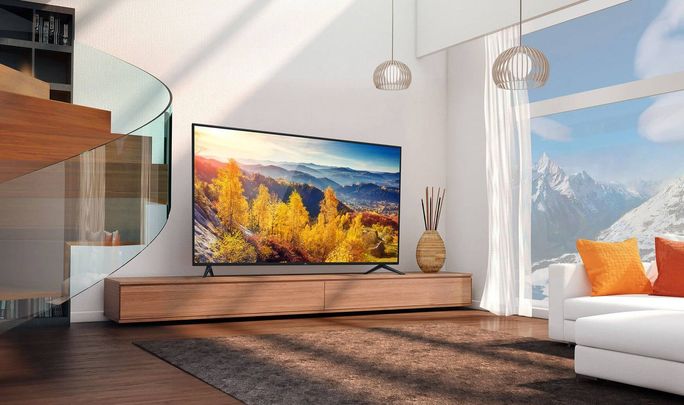
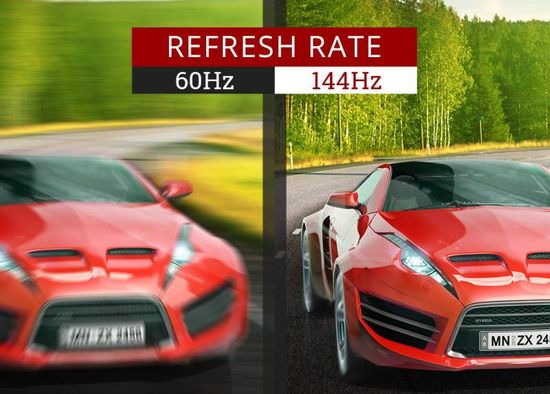



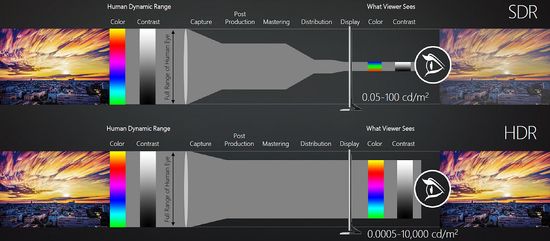
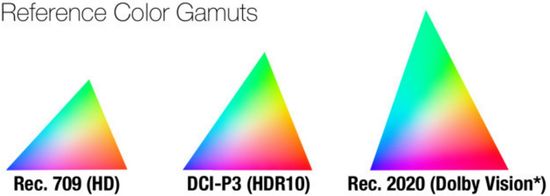
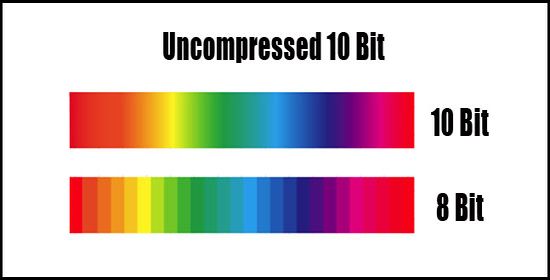
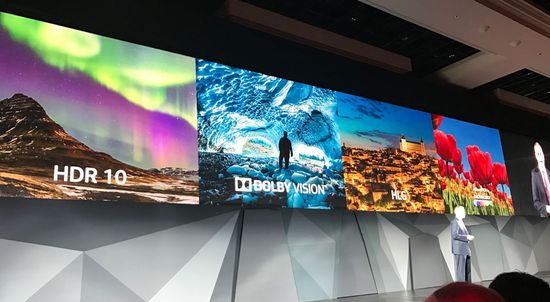
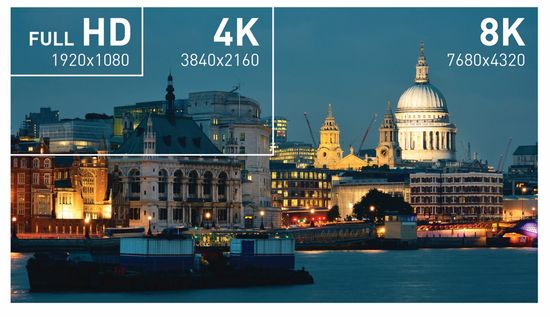
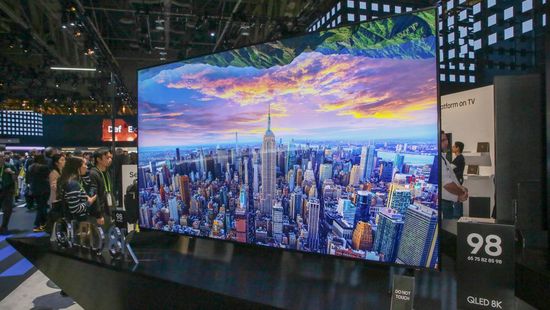
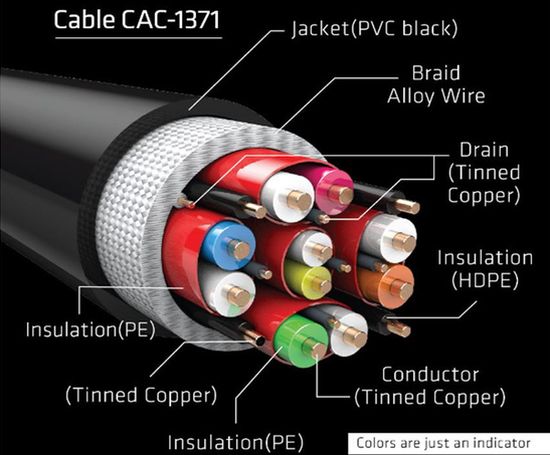
Pingback: Samsung Neo QLED Mini-LED vs LG QNED Mini-LED vs TCL OD-Zero Mini-LED at CES 2021 Review - The Appliances Reviews